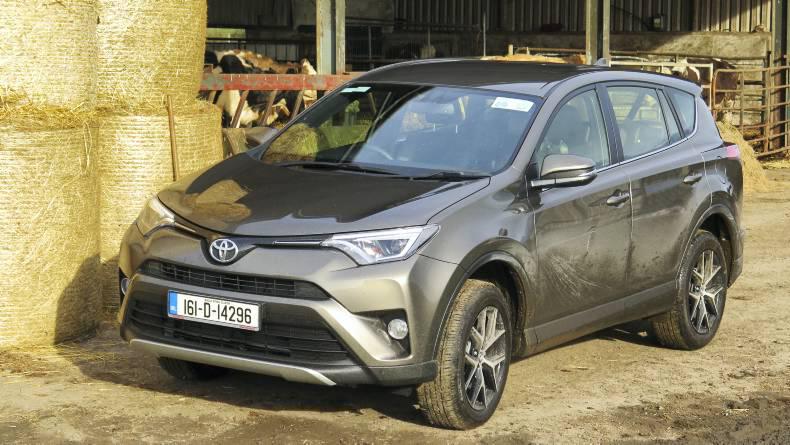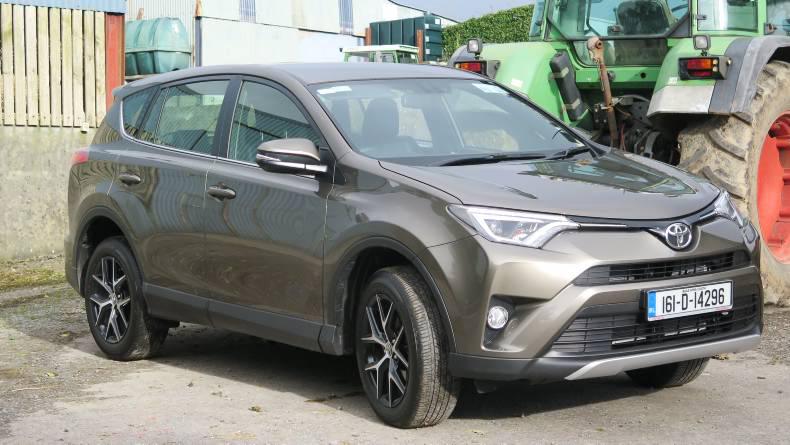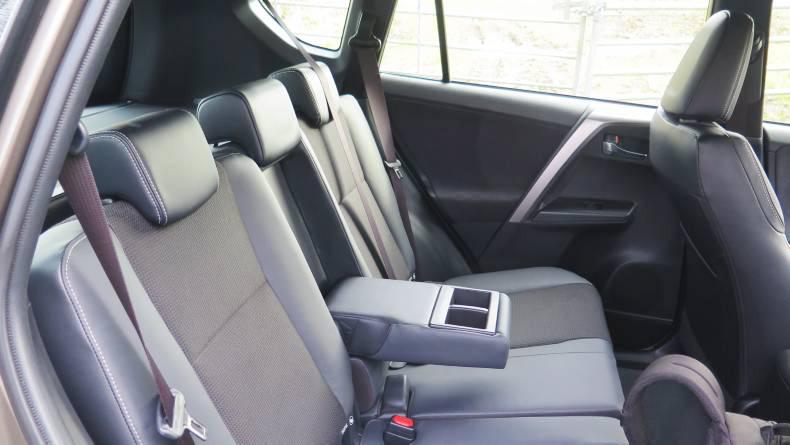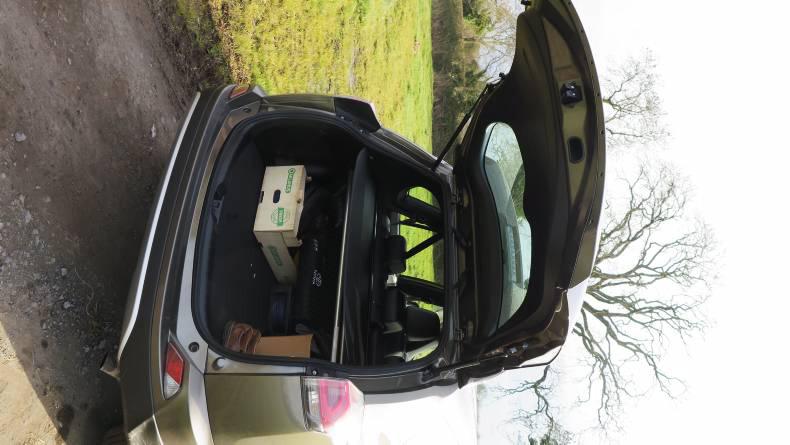Toyota’s fifth-generation RAV4 bears enough resemblance to the previous model to allow you to instantly recognise its lineage. The first RAV4 was a petrol model when it appeared in 1994. The world of diesel in Ireland and Europe has moved on since then and now dominates the market.
Toyota has moved with it, and one of the significant changes to the latest RAV4 revolves around the engine. Toyota has changed its focus when it comes to diesel engines. For Europe and Ireland, a BMW engine is fitted to most cars in the range. Toyota is also putting more work into developing its hybrid engines that have been so successful with the Prius.
The RAV4 is the latest to benefit from a BMW diesel engine transplant, this time with a 2.0 litre turbo-diesel engine. This engine is more powerful than the previous Toyota version and also cleaner. Gone is the 2.2-litre diesel RAV4, with just one diesel engine option available now.
Toyota has a petrol hybrid RAV4 on offer. In fact, this is the only 4x4 version in the range. Rural drivers are 4x4 drivers, and diesel is part of their shopping list too. That effectively rules out the RAV4 in 4x4 format from their list of choices.
This new RAV4 carries forward the styling from the previous one, with subtle changes. The most obvious among these is the headlamps, which are now LED lights and give good vision for night driving. The rest of the styling changes are not as obvious, so you’ll still recognise it as a Toyota.
The engine performance gives the new RAV4 some more pace. It’s a shade faster than the old 2.0-litre D4D version and only marginally more economical. The new engine brought with it some extra acceleration and more towing power. This latter figure has jumped by 400kg to two tonnes with a braked trailer. That is the highest towing performance to expect from a SUV of this size.
Across the competition, which includes the new bestselling Hyundai Tucson, Ford Kuga, Nissan Qashqai and Volkswagen Tiguan, the new RAV4 is close to the top of the class when it comes to engine power and torque. It is the fastest in an acceleration comparison, but despite its new engine, it’s not the most economical. That accolade remains with the Tiguan.
I failed to achieve the rated economy figure of 21km/litre (4.7l/100km or 60mpg) as I found my driving style and real road conditions gave a 25% lower figure. So expecting a figure of 16km/litre, giving a range with a full tank of close to 900km, should be reasonable.
In every other sense the RAV4 is good to drive. The high seating position gives a good road view and the car handles well on narrow country roads, while it delivers smooth comfort on the motorway. I found the steering to be positive at these lower road speeds, and this gave me a level of confident control.
The interior retains its horizontal design with a new layout, while softer materials are used. The controls are easy to use, including setting the Bluetooth phone connection and trip meter for assessing individual journeys. With some cars this simple task can be a minefield.
The RAV4’s fuel consumption meter system is adequate, but a little basic when compared with some of the competition. There’s less in terms of modern technology features included and that’s a bonus for many drivers. This is a get-in-and-drive machine.
The centre information screen uses a touch system for selecting the various options. There are steering-wheel controls for the phone, radio and the RAV4’s consumption computer and trip meter are all easy to understand.
While the new RAV4 has yet to get a Euro NCAP safety rating, expect it to be good with the addition of the Toyota Safety Sense system. This is not standard across the range, but it really should be.
The system includes five separate safety systems to help the driver deal with a potential collision. They is a pre-collision system with pedestrian detection, lane departure alert with steering control, automatic high beam, road sign assist and adaptive cruise control.
Hill start assist is a useful standard feature, as is the trailer sway control system if you use a Toyota-approved hitch, which adds €650 to the price.
Toyota has kept a lid on the entry price, which starts at €29,950, or £23,695 in Northern Ireland. That’s about €600 more than the outgoing model and is competitive with everything other than the more expensive Volkswagen Tiguan.
RAV4 used values are strong and, in looking to the three-year ownership costs, this has a big influence on the final cost-per-kilometre figure. I would expect this new RAV4 to match that resale performance well into the future, with a BMW engine that has more life and better economy.






 This is a subscriber-only article
This is a subscriber-only article


















SHARING OPTIONS: